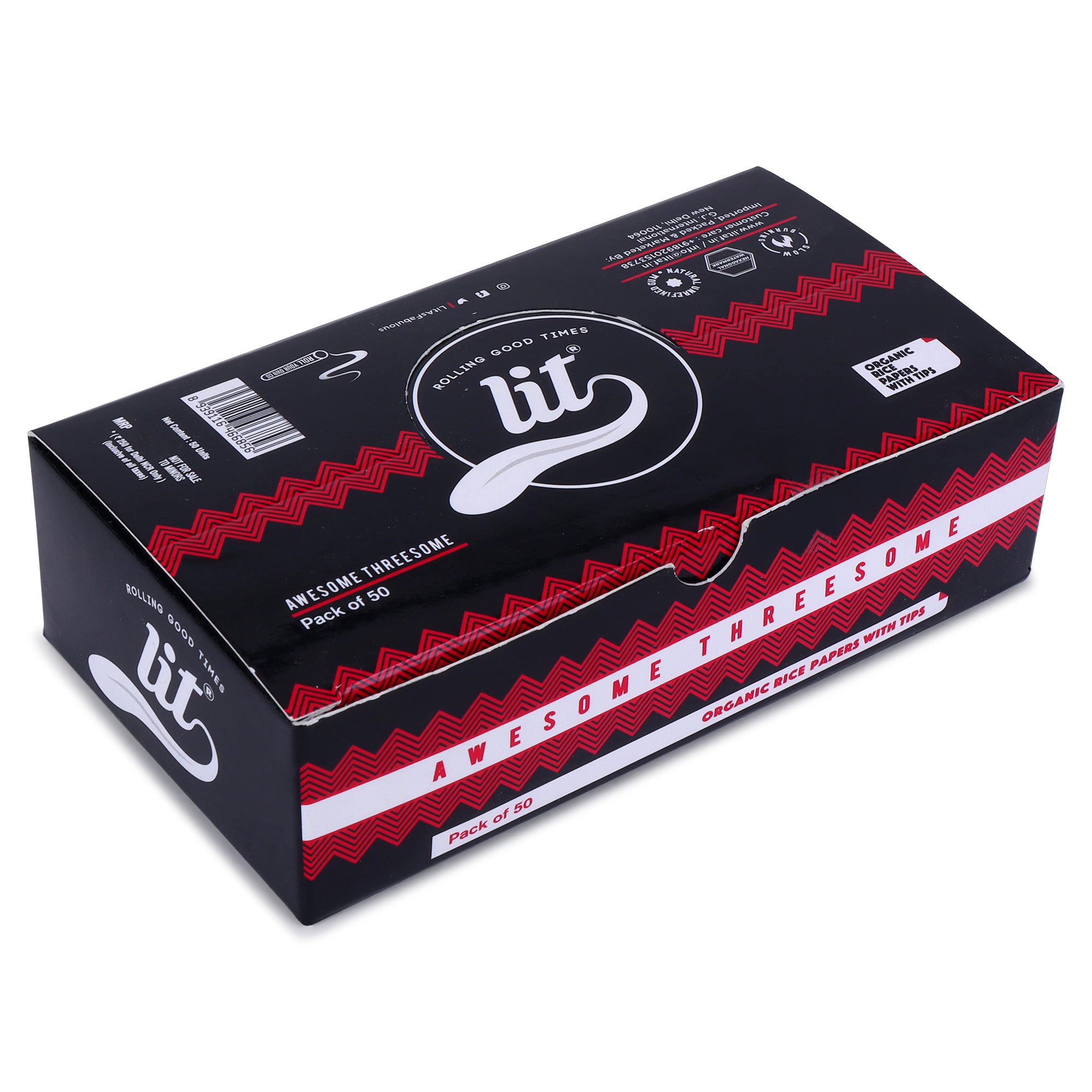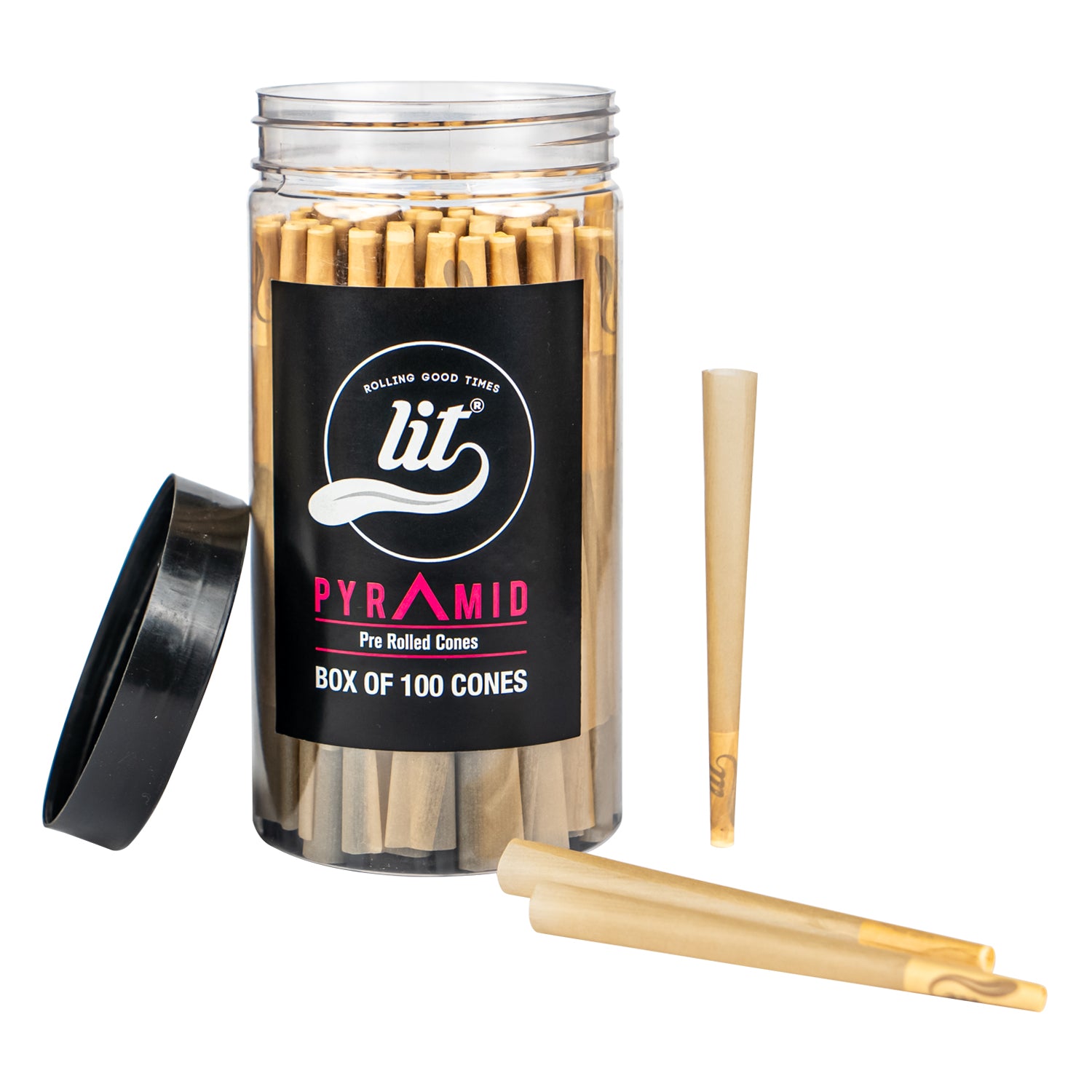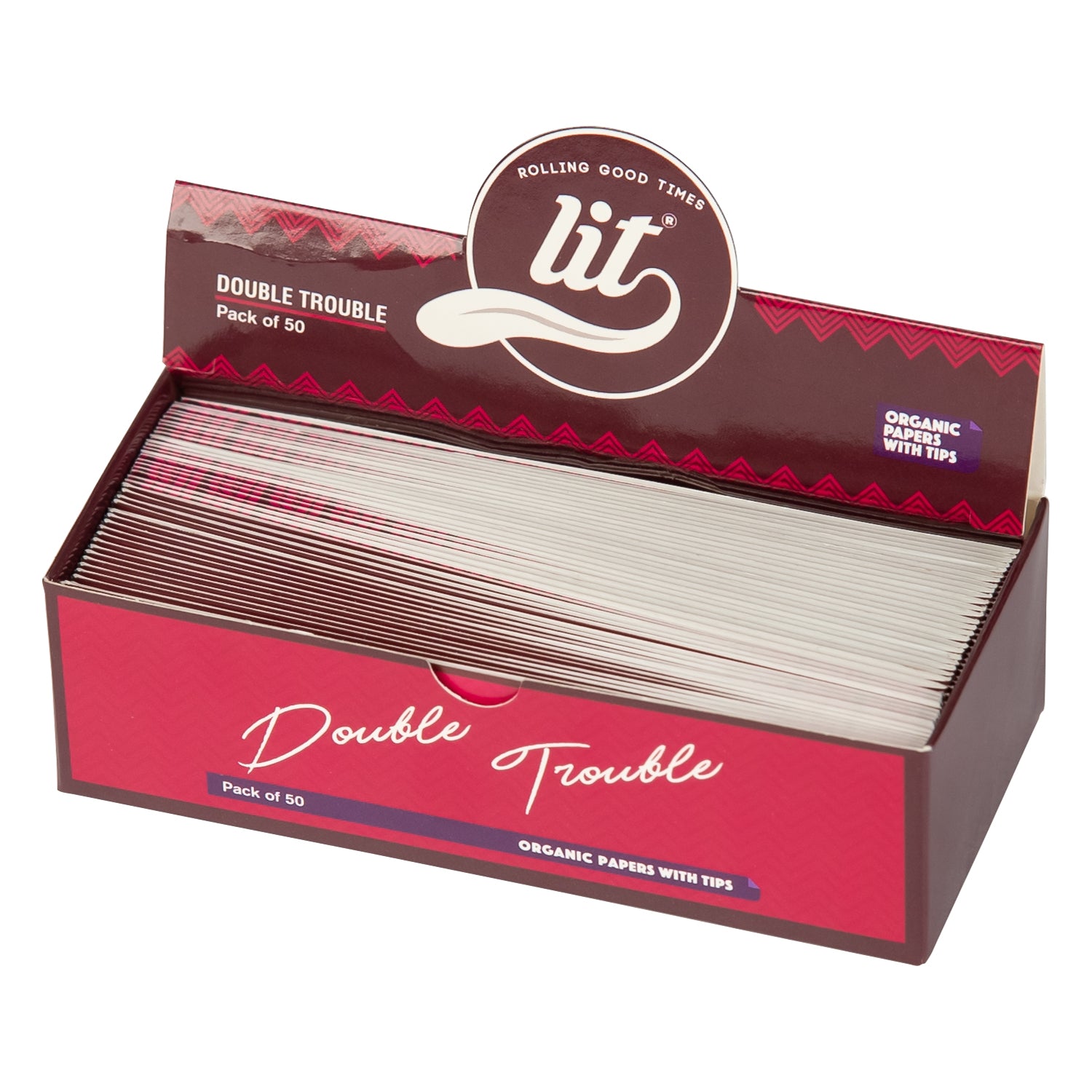Rolling your own cigarettes is an art and a personal experience for many smokers. The choice of rolling paper significantly influences this experience. From the burn rate to the flavor, the type of paper you use can enhance or detract from your smoking pleasure. This blog will explore the different materials used for rolling papers, helping you make an informed choice that suits your preferences.
Understanding Rolling Papers
Rolling papers, also known as cigarette paper, are thin sheets designed for rolling tobacco or cannabis into cigarettes or joints. These papers have been used for centuries, evolving in terms of materials and manufacturing techniques. Originally, people used natural leaves, corn husks, and even Bible pages to roll their cigarettes. Today, rolling papers are specially manufactured for a better smoking experience.
Common Materials Used in Rolling Papers
1. Rice Paper: Rice paper is known for its ultra-thin texture and slow burn rate. Made from processed rice, these papers are lightweight and provide a clean, smooth smoke. They are popular among smokers who want a paper that doesn’t interfere with the natural flavor of the tobacco or cannabis. However, due to their thinness, rice papers can be challenging to roll, especially for beginners. They are also more susceptible to tearing if not handled carefully.
Advantages:
- Thin and lightweight.
- Clean, unadulterated flavor.
- Slow burn rate.
Disadvantages:
- Can be difficult to roll.
- Prone to tearing.
Popular Brands:
- Elements
- RAW (offers a rice and hemp blend)
2. Hemp Paper: Hemp rolling papers are favored for their eco-friendly nature and natural taste. Made from hemp fibers, these papers are sturdy and burn slowly, making them ideal for a longer smoking session. Hemp papers have a slightly thicker texture compared to rice papers, which makes them easier to handle and roll. They also contribute to a more sustainable environment, as hemp is a highly renewable resource.
Advantages:
- Eco-friendly and sustainable.
- Slow, even burn.
- Easier to roll than rice paper.
Disadvantages:
- Slightly thicker than rice paper, which may affect flavor.
Leading Brands:
- RAW
- Pure Hemp
3. Flax Paper: Flax rolling papers are known for their unique texture and environmental benefits. These papers are less common but provide a clean burn and a smooth smoking experience. Flax is a natural fiber, making these papers an environmentally friendly option. They offer a balance between the thinness of rice paper and the sturdiness of hemp paper, appealing to smokers who want the best of both worlds.
Advantages:
- Eco-friendly.
- Smooth smoking experience.
- Balanced thickness.
Disadvantages:
- Less widely available.
Recommended Brands:
- Smoking
- RAW
4. Wood Pulp Paper: Traditional wood pulp papers are the most common type of rolling paper. They are thicker and more durable, making them easier to roll, especially for beginners. Wood pulp papers burn faster than rice or hemp papers and can impart a slight flavor to the smoke. They are available in both bleached and unbleached varieties, with unbleached being the more natural option.
Advantages:
- Durable and easy to roll.
- Readily available.
- Suitable for beginners.
Disadvantages:
- Faster burn rate.
- Can alter the flavor of the smoke.
Well-known Brands:
- Zig-Zag
- OCB
Specialty Rolling Papers
Specialty rolling papers cater to niche preferences and add variety to the smoking experience. Flavored rolling papers, for instance, are infused with tastes like strawberry, blueberry, or chocolate, enhancing the flavor of the smoke. Ultra-thin papers are almost transparent and provide a lightweight roll, while slow-burning papers are designed to prolong the smoking session. Pre-rolled cones offer convenience for those who prefer not to roll their own.
Choosing the Right Paper
Selecting the right rolling paper depends on several factors, including thickness, flavor, burn rate, and material. Beginners might find wood pulp or hemp papers easier to handle, while experienced rollers might prefer the thinness of rice paper. Experimentation is key to finding your ideal paper. Personal preferences play a significant role, so don't hesitate to try different types until you find the one that suits you best.
Environmental Impact
The environmental impact of rolling papers is an important consideration. Hemp and flax papers are often seen as more sustainable options due to their renewable sources and minimal processing. Brands like RAW and Elements focus on eco-friendly production practices, using organic materials and natural adhesives. Choosing sustainable options can contribute to a healthier planet while still providing an enjoyable smoking experience.
Choosing the right rolling paper can significantly enhance your smoking experience. By understanding the different materials, sizes, and brands available, you can make an informed decision that suits your preferences. Whether you prefer the thinness of rice paper, the eco-friendliness of hemp, or the durability of wood pulp, there's a rolling paper out there for everyone.





